

In one of the largest coordinated strike actions in global labour history, more than 250 million workers, farmers, and informal sector workers across India mobilised on 9 July in a nationwide Bharat Bandh. The action marked a watershed moment in the Indian labour movement, uniting a broad spectrum of the working population in opposition to the government’s labour reforms and anti-labour, corporate-driven economic policies.
The strike, jointly called by national trade union centres, sectoral unions, and farmer organisations, was a powerful assertion of people’s resistance, demanding the repeal of four labour codes, a living wage, social protection, and the preservation of public sector jobs and services.
The 9 July mobilisation was anchored on a 17-point charter of demands. Foremost among them was the call to repeal the four labour codes passed in recent years, which unions say undermine long-standing worker protections and weaken collective bargaining rights. Workers also demanded the implementation of a national minimum wage of ₹26,000, reflective of living costs.
Additional demands included halting the privatisation of public sector undertakings, restoring vacant government jobs, expanding social protection and pension coverage to all workers — especially those in the informal economy — and recognising and protecting the rights of women, rural, and self-employed workers.
Farmer organisations joined with parallel calls for fair pricing, procurement guarantees, and debt relief.
The day witnessed sweeping participation from multiple sectors. Transport workers in both urban and rural areas organised rallies and halted services along major routes to press for their demands. Banking and insurance employees joined in large numbers, opposing privatisation and calling for stronger job security.
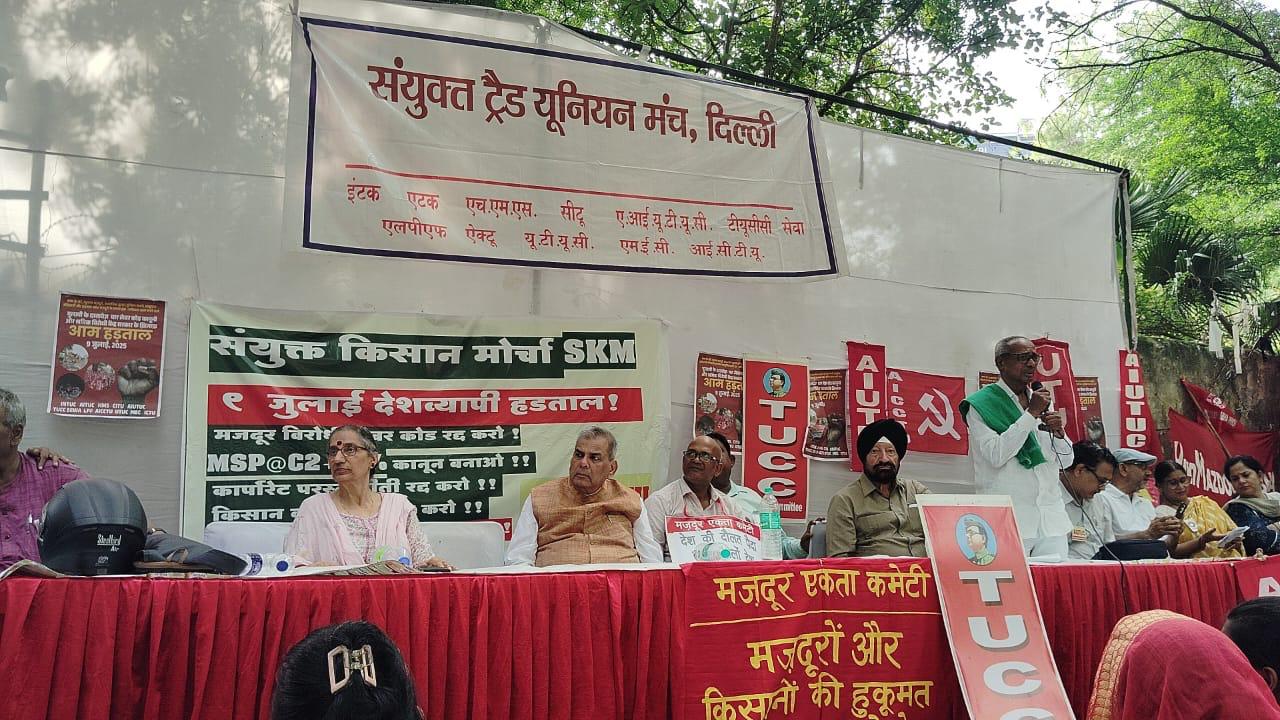
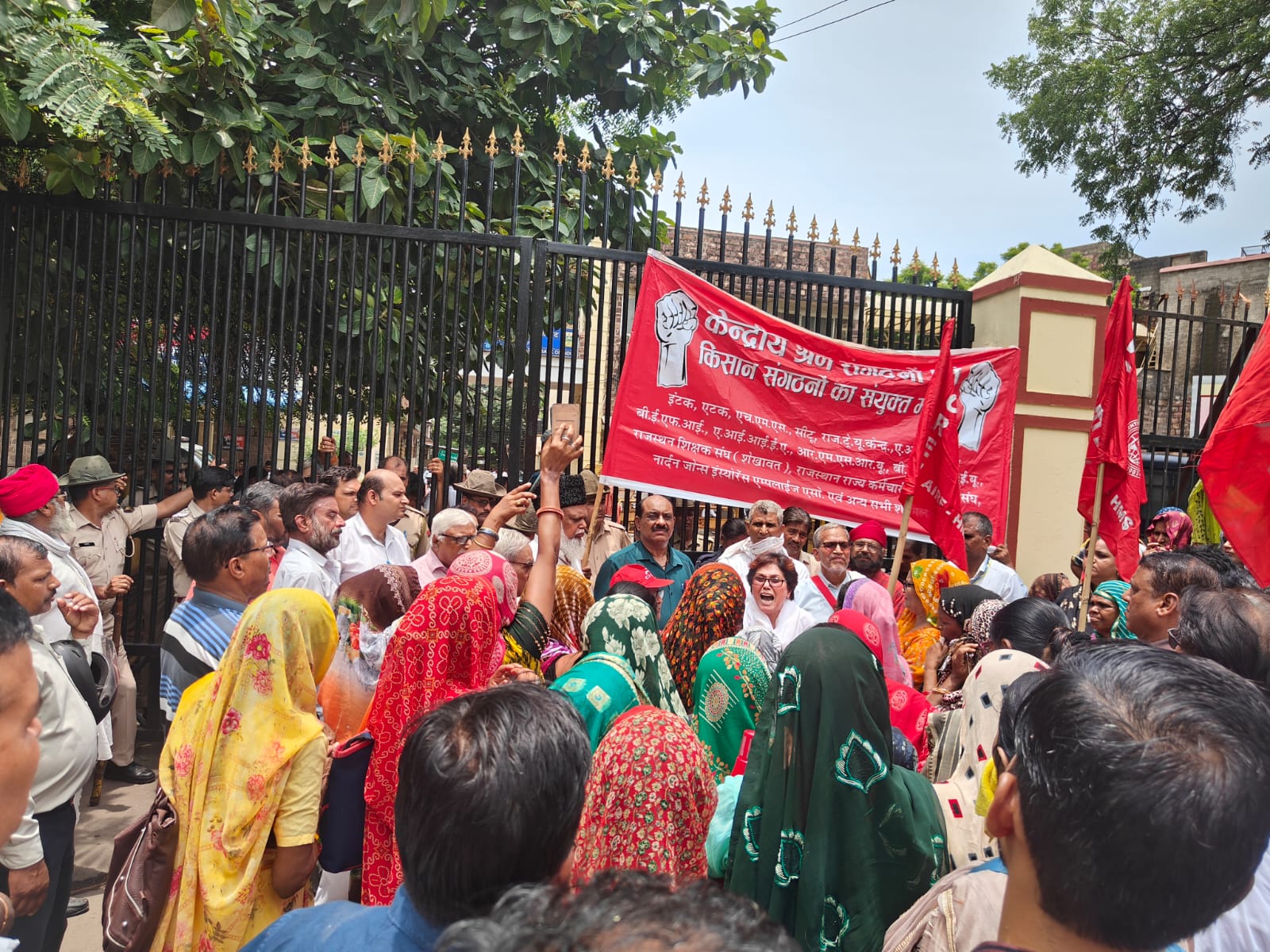
In mining and energy-rich states, workers participated in the mobilisation, demonstrating the critical strategic leverage of organised labour. Women workers in community-based government schemes (e.g., ASHA, Anganwadi, and mid-day meal programmes) marched with banners calling for decent wages and legal recognition. Teachers’ unions and informal and gig workers, often invisible and marginalised, joined the strike in unprecedented numbers across various states, ensuring their voices were amplified.

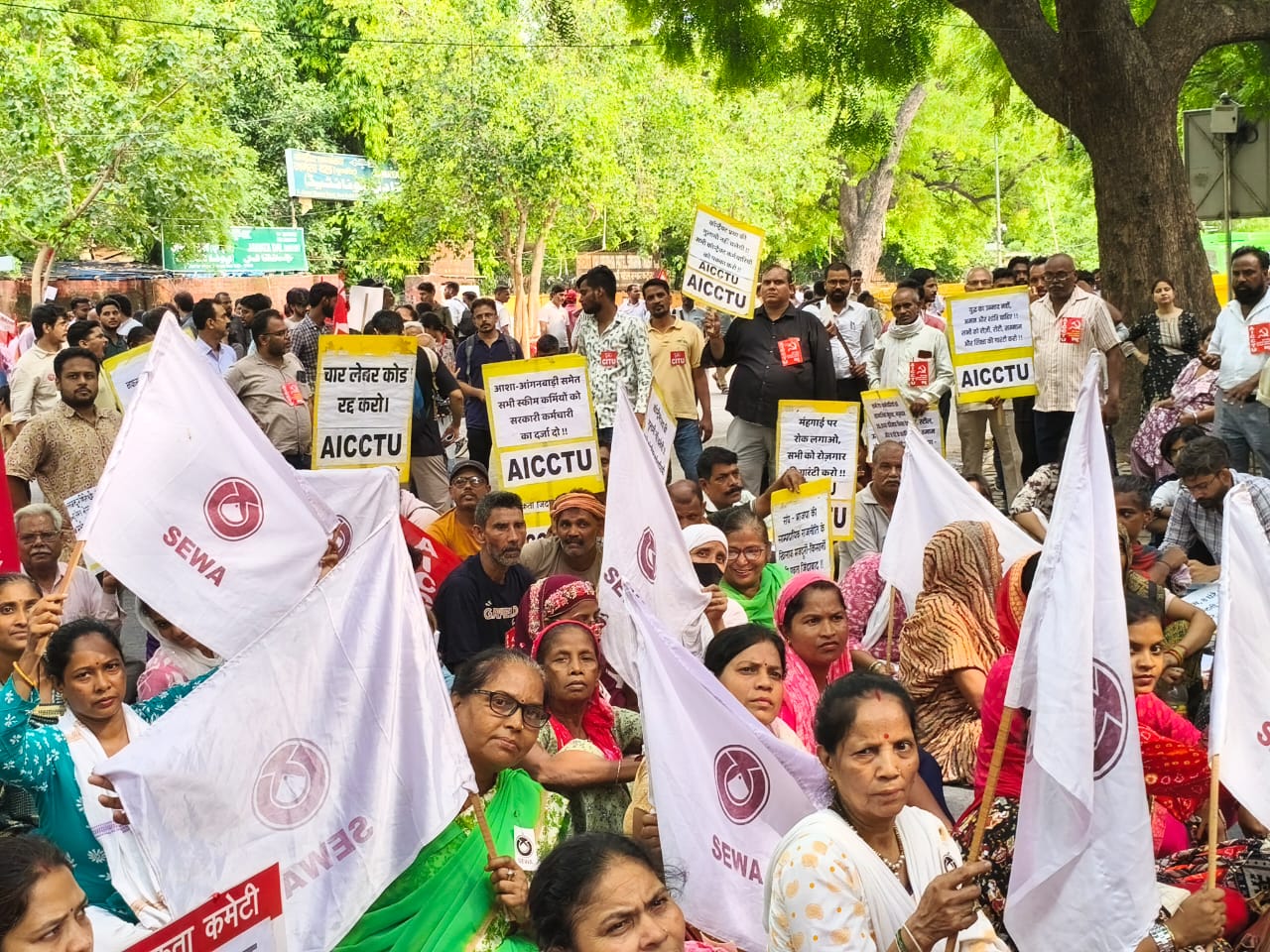
Across the country, the strike brought economic activity to a halt and infused public spaces with spirited protest.
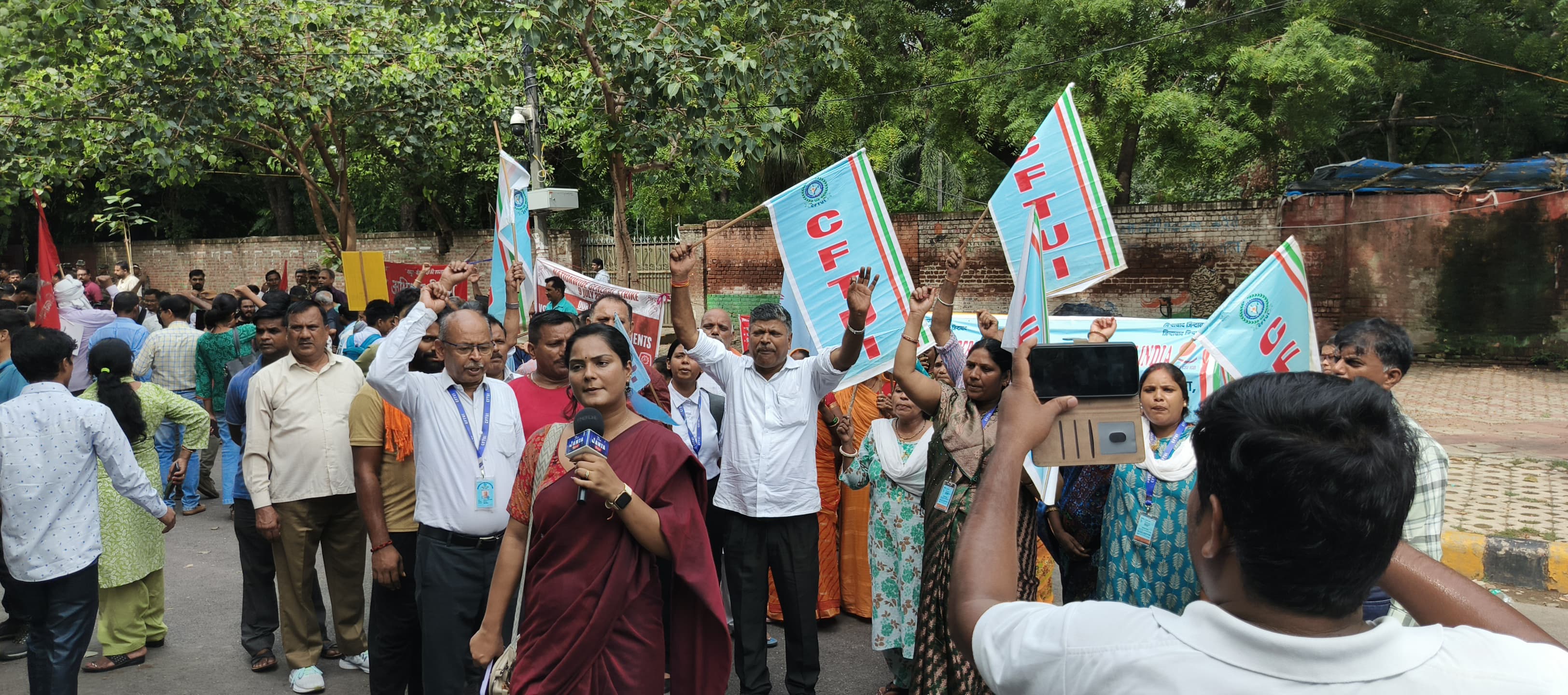
In Kolkata, West Bengal, one of the most vibrant protest sites, rail and road blockades underscored the urgency of labour concerns. Protesters, including large contingents of women and youth, stood their ground peacefully even as over 380 were arrested by police. In the face of threats of detention, their resolve underscored the principles of non-violent resistance.
Odisha saw farmers and workers rally side by side in towns and along highways. Over 80 percent of private transport vehicles stayed off the roads in voluntary support of the strike.
In Assam, industrial operations shut down across key centres like Guwahati, Dibrugarh, and Digboi, as workers at oil refineries, coal mines, and other industrial hubs collectively halted work. This showcased the importance of workers in keeping India running.
In Jharkhand, industrial hubs like Bokaro, Jamshedpur, and Dhanbad experienced major disruptions in operations across banking, postal services, insurance, and coal mining sectors. Despite heavy rains, workers held spirited rallies and stood firm in their resolve to defend labour rights and oppose the privatisation of jobs and services.
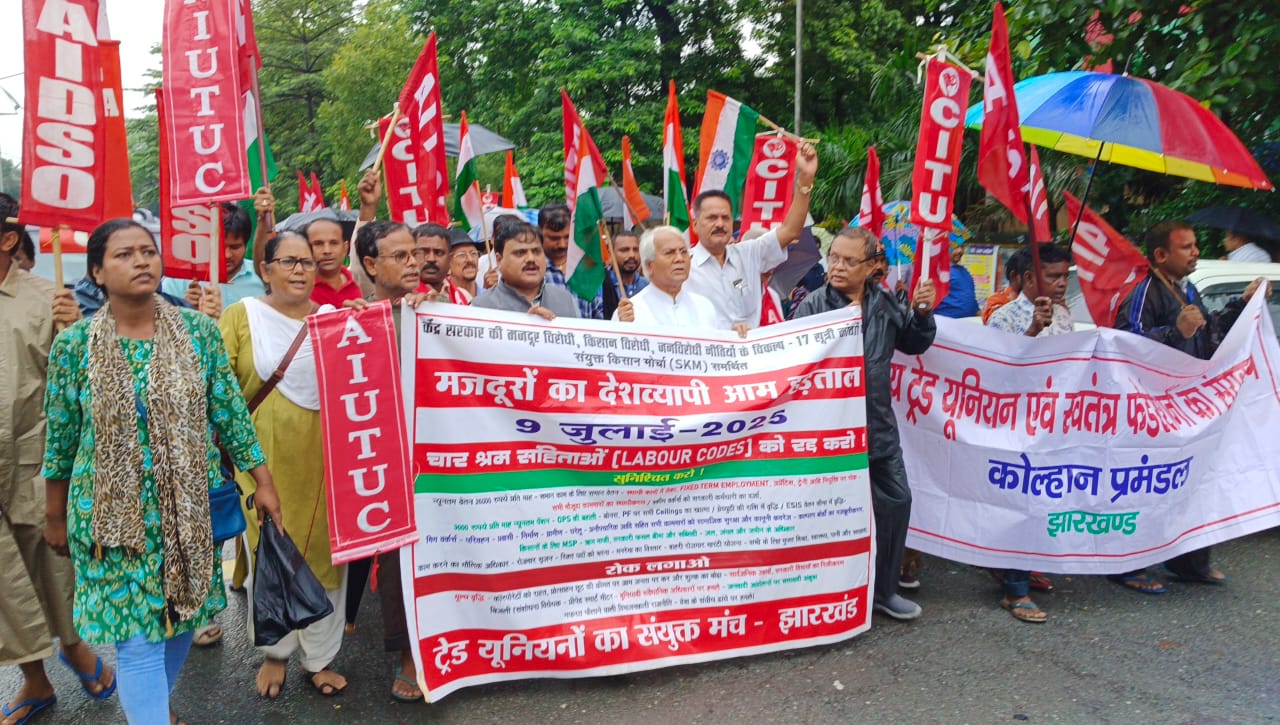
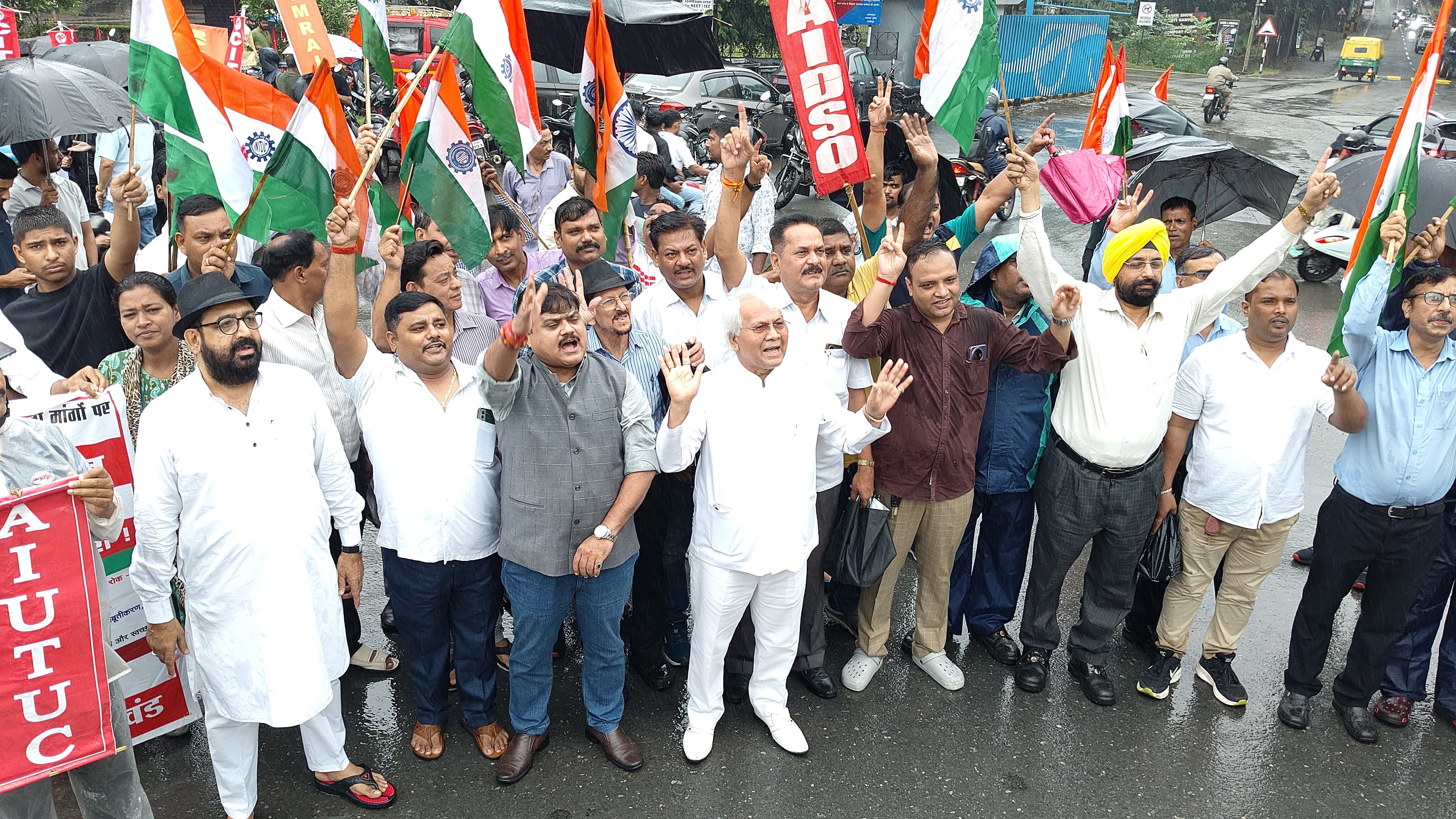
Bihar saw peaceful demonstrations across districts including Begusarai, Madhubani, Gaya, and Buxar. Protesters blocked roads, burned tyres, and organised local marches, drawing public attention. The impact was immediate: markets shut down, traffic was minimal, and attendance in public office dropped sharply. Adding momentum to the mobilisation, several political parties publicly extended their support, further amplifying the workers’ demands and increasing political pressure on policymakers.
Major urban centres, including New Delhi and Mumbai, hosted significant rallies at Jantar Mantar and Azad Maidan. Workers from across sectors — from public sector employees to contract labourers and daily wage earners — stood united, sending a clear message to policymakers and the media.
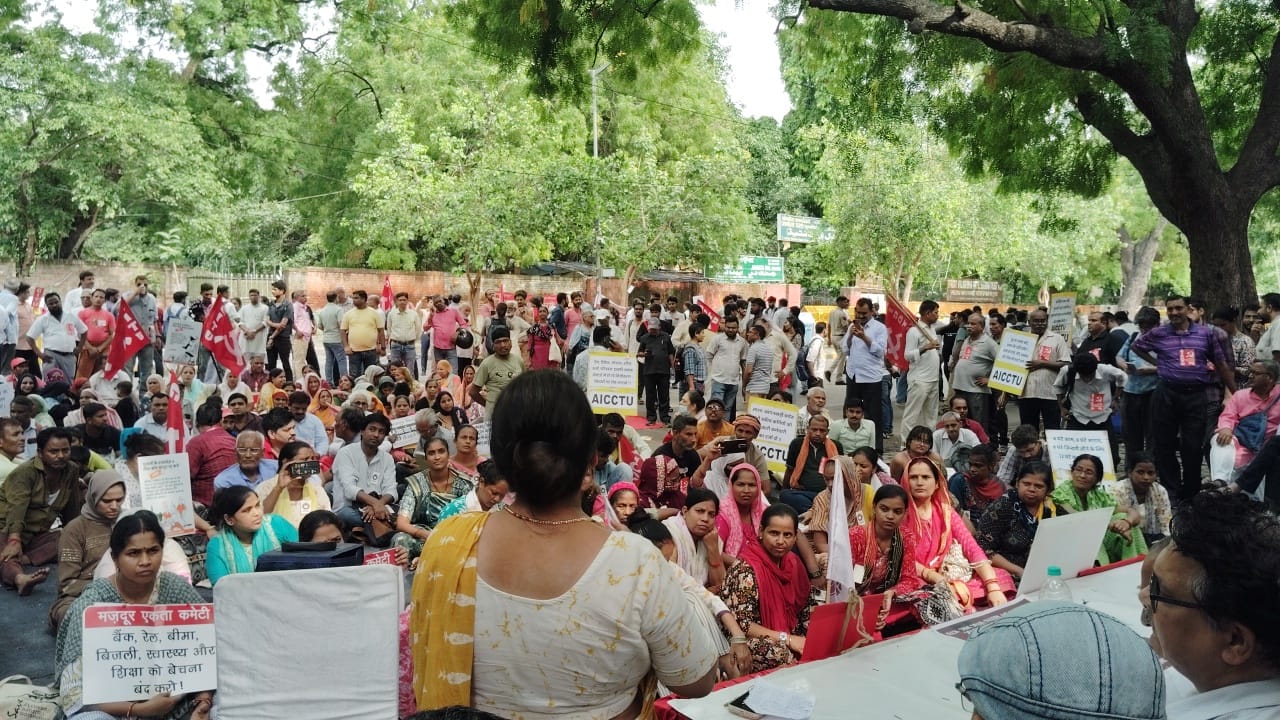
In Punjab (Ludhiana), factory workers demanded fair contracts, job regularisation, and access to social protection. Women workers led rallies in garment and textile zones, demonstrating that their voices are crucial in the collective fight of the trade unions.
In the southern states, coordinated mass actions among workers, students, and farmers stretched from Mysuru to Trichy, echoing the calls for inclusive economic recovery and progressive policy changes.
In Telangana, tens of thousands of workers, students, and political leaders joined the nationwide strike, with major protests reported in Hyderabad, Warangal, Khammam, Karimnagar, and Nizamabad. Demonstrations were participated by Anganwadi workers, gig workers, sanitation staff, and contract employees, who demanded job security, wage guarantees, and an end to privatisation. As a result of the strike, public transport services were disrupted, various sectors reported partial shutdowns, and essential services operated with reduced staff.
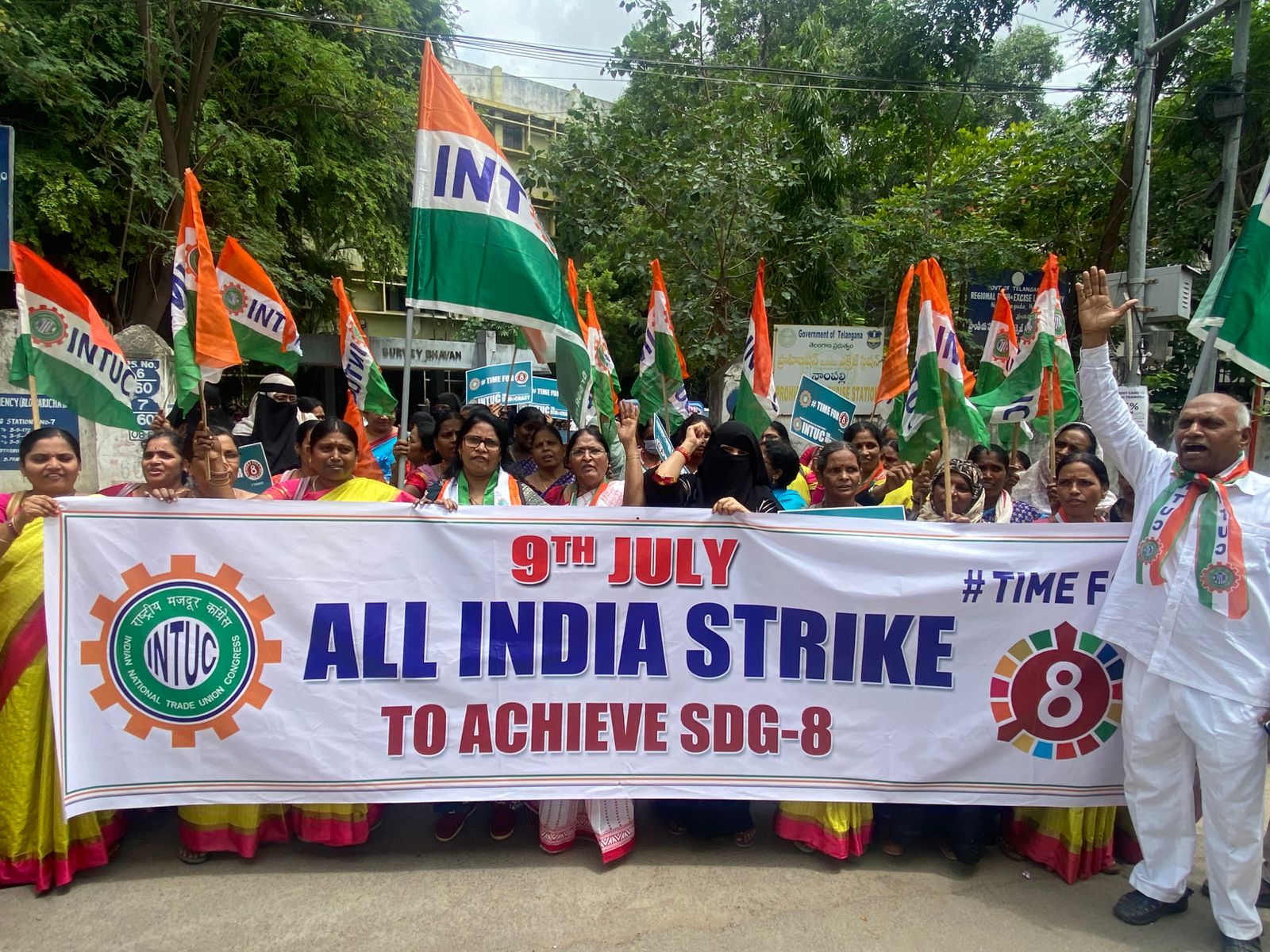
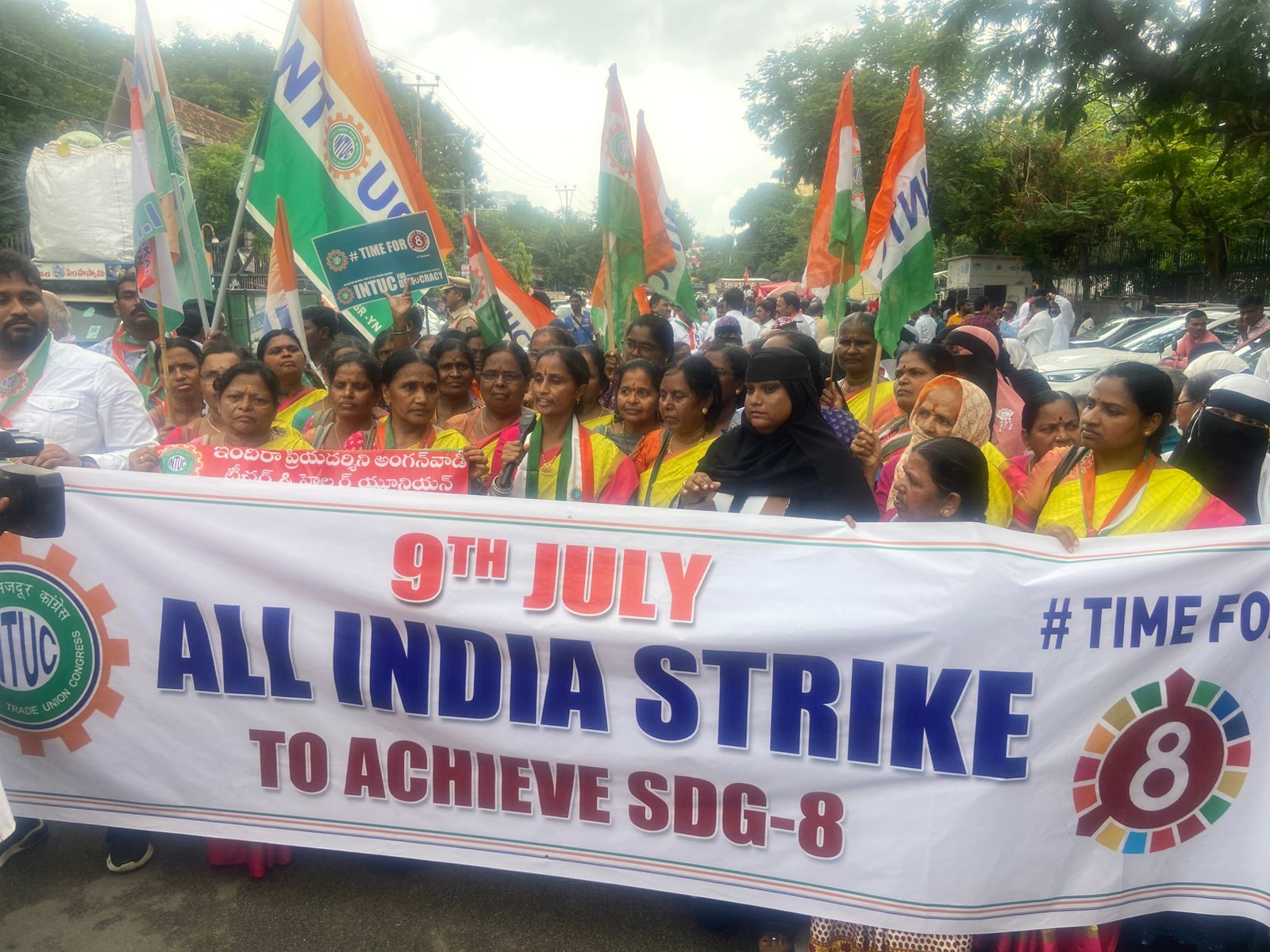
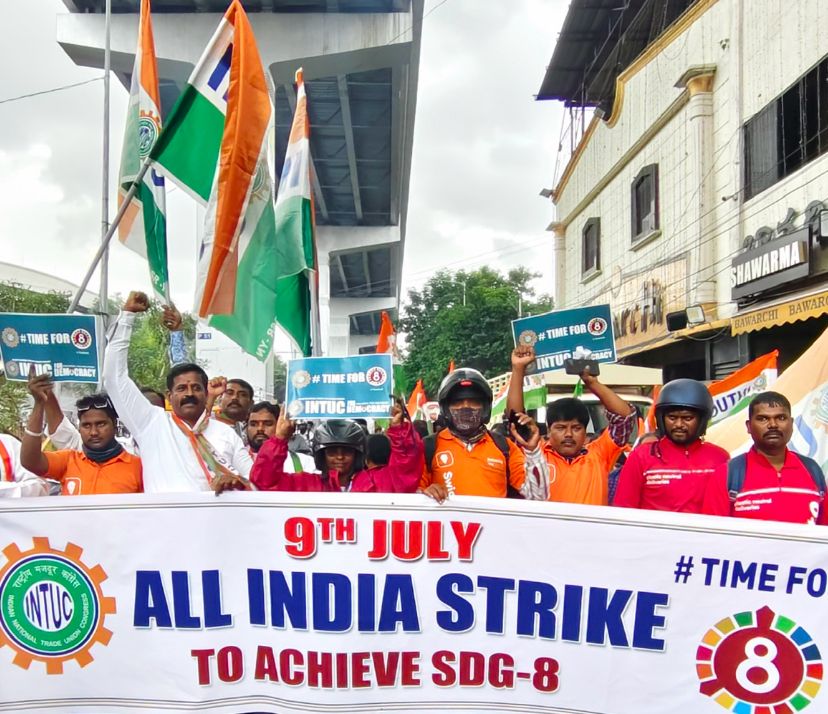
The mobilisation drew significant attention and solidarity from the international trade union movement. The ITUC-Asia Pacific issued a statement of support, and joined Indian trade unions in demanding the Government of India “to engage in meaningful dialogue with trade unions, reconvene the Indian Labour Conference, and fulfil its international obligations under ILO Conventions, Recommendations, and the United Nations’ Sustainable Development Goals.”
✊🇮🇳 The ITUC-Asia Pacific stands in unwavering solidarity with India’s working people as they prepare for a historic...
Posted by ITUC - Asia Pacific on Sunday, July 6, 2025
Global union federations and labour allies expressed solidarity through social media and public statements, affirming that the struggle of Indian workers resonates globally. Many hailed the strike as a model of peaceful, democratic mobilisation in the face of hostile political environment.
Trade union leaders declared the 9 July action not merely a strike, but a warning. They asserted that if the 17-point charter is not addressed, stronger and broader action will follow.
“Indeed, the scale, coordination, and peaceful nature of the protest underscored the enduring power of collective action as a tool to challenge policies that favour profits over people. This strike will be remembered not just for its massive mobilisation, but for its message: the workers of India will not be silenced,” Shoya Yoshida, General Secretary of the ITUC-Asia Pacific, said.














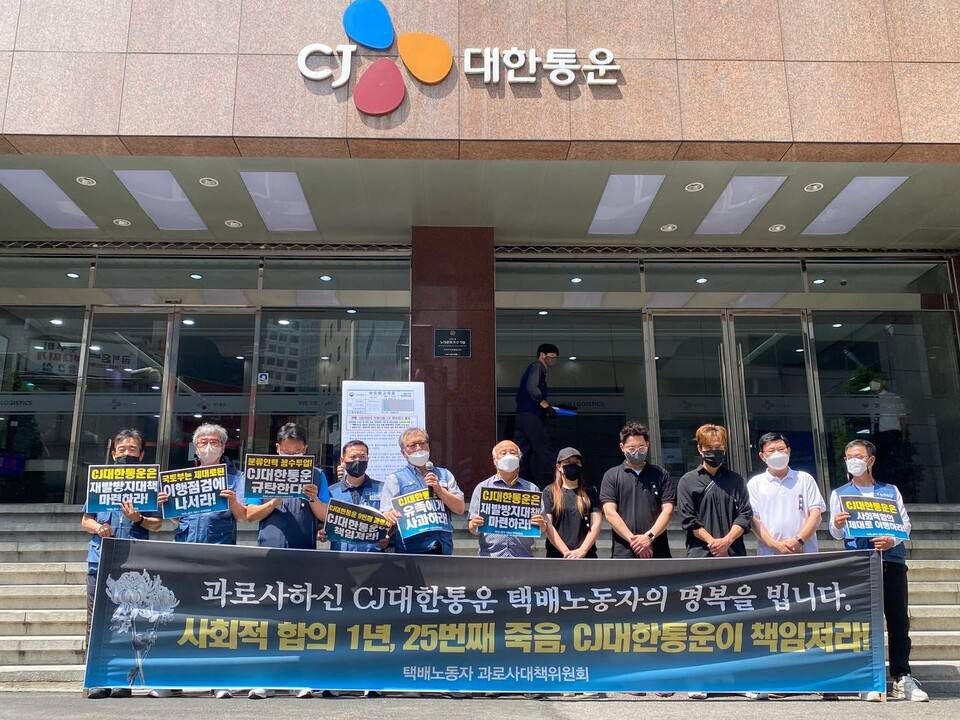





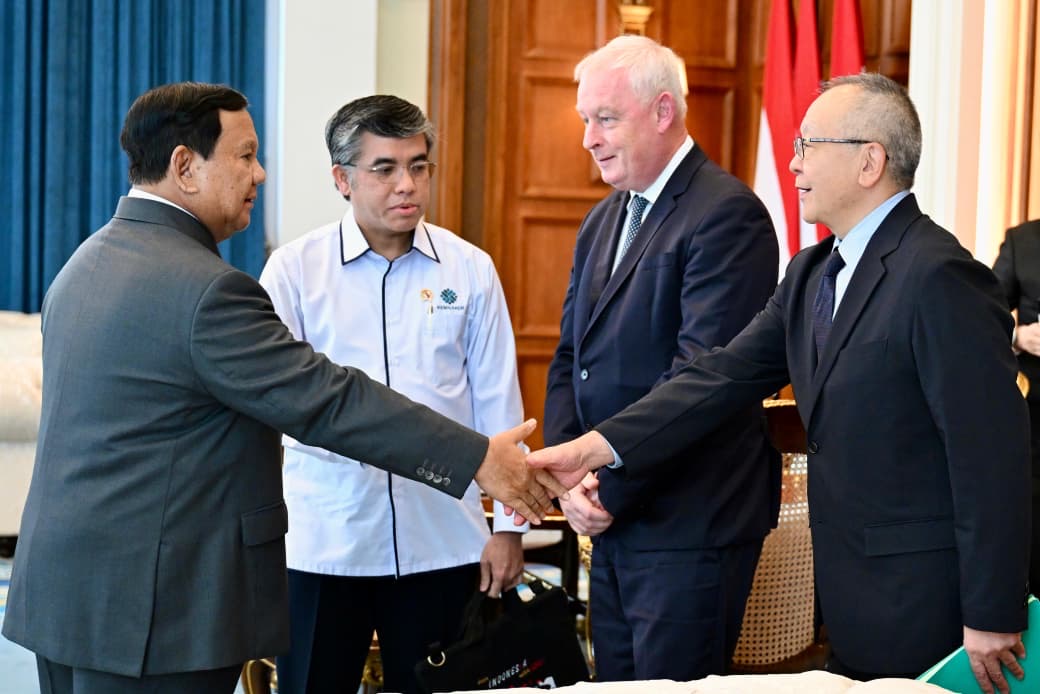











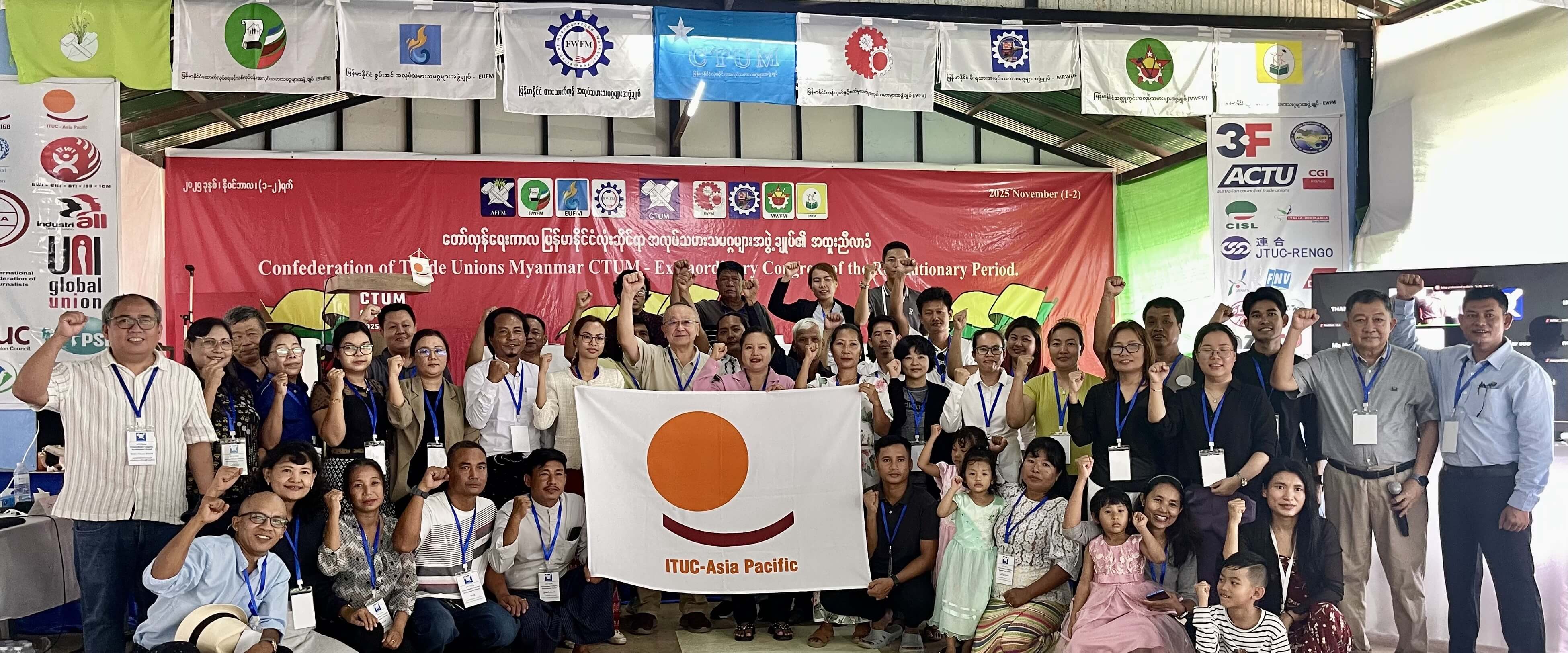





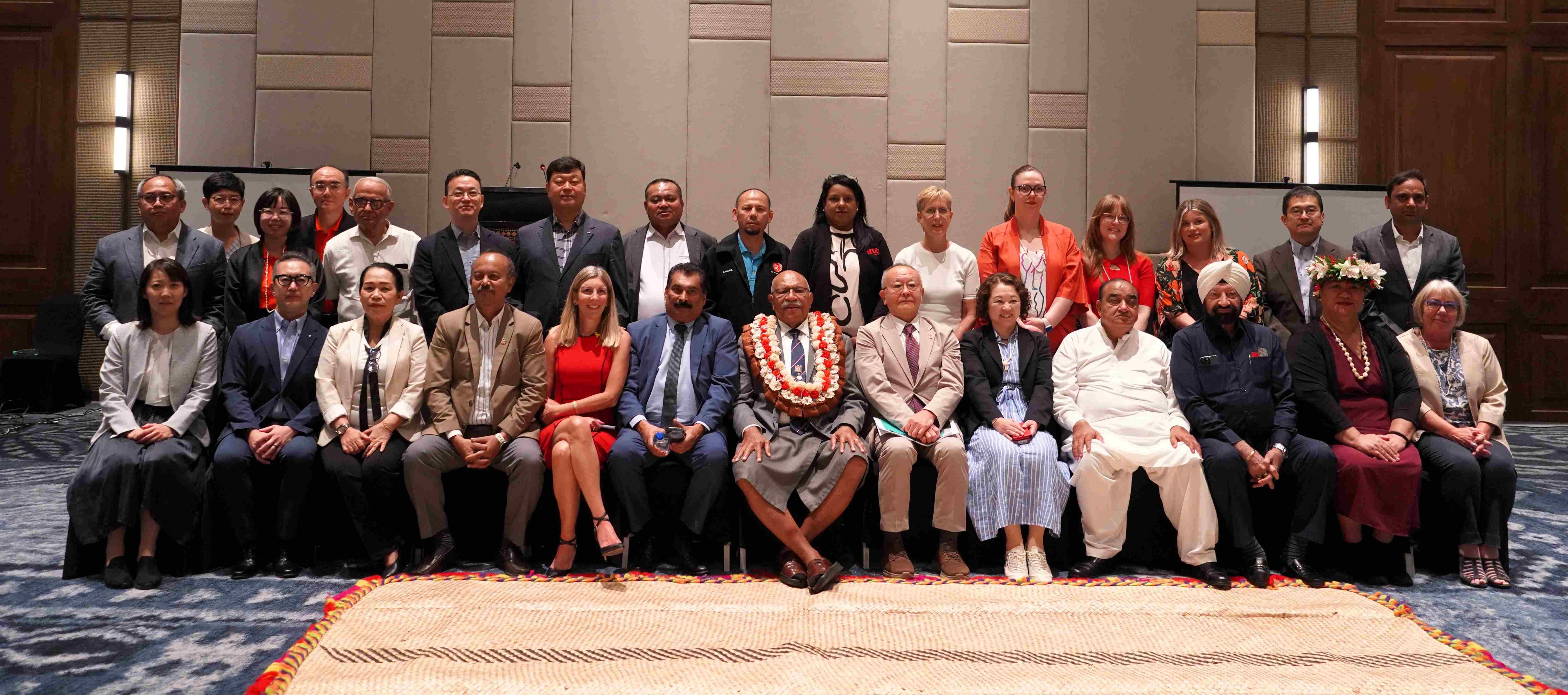





.jpg)


.jpg)


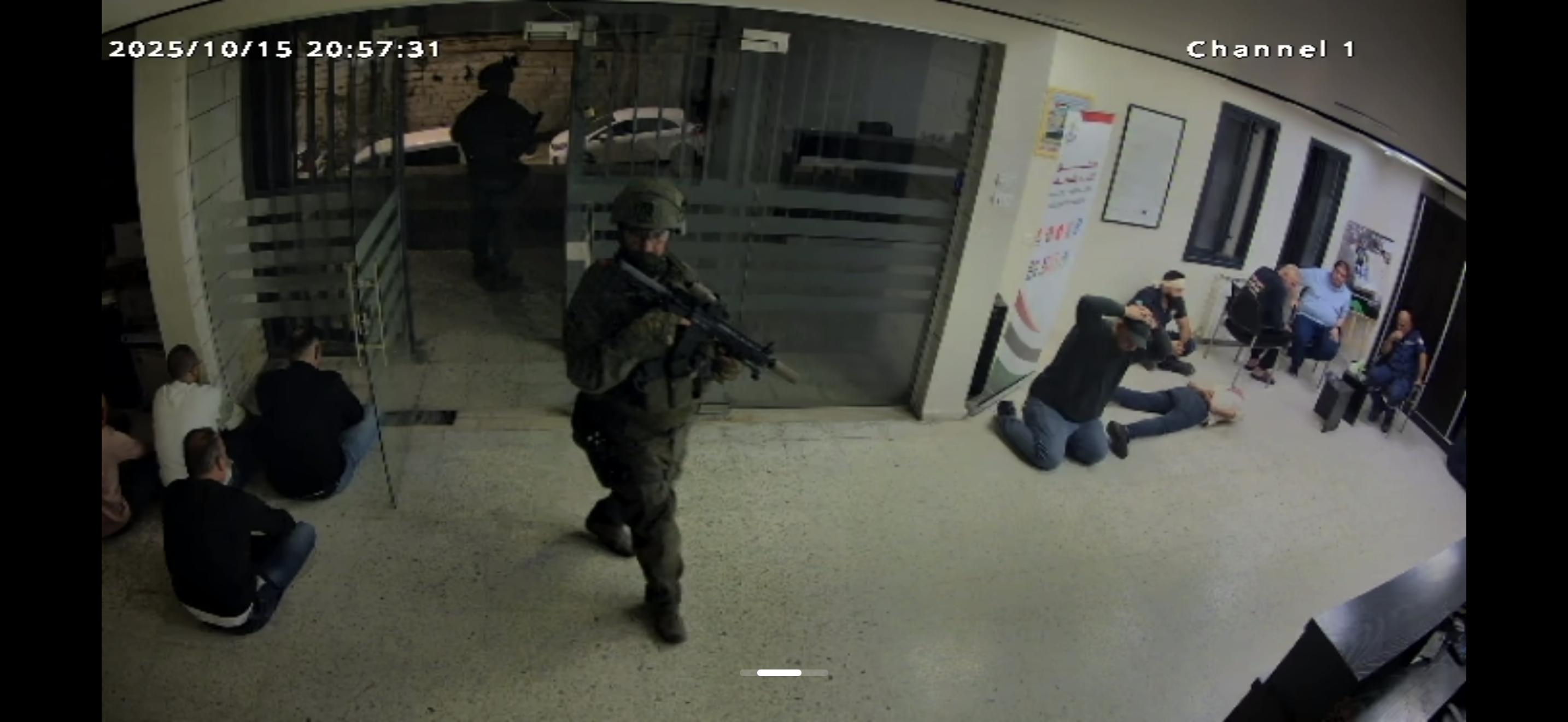





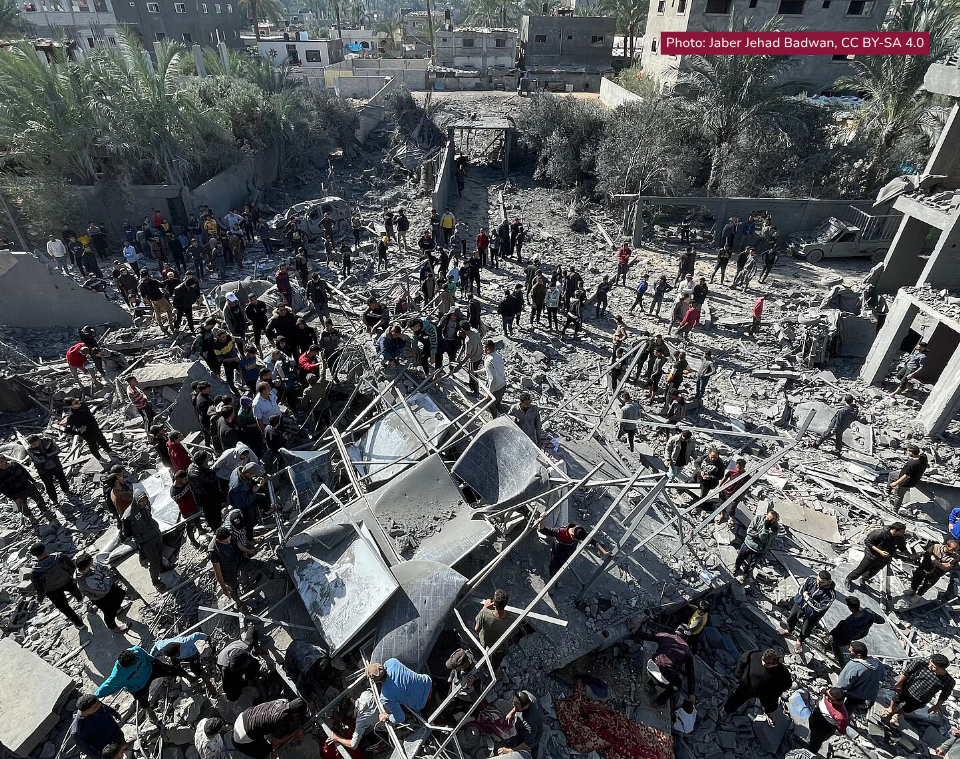





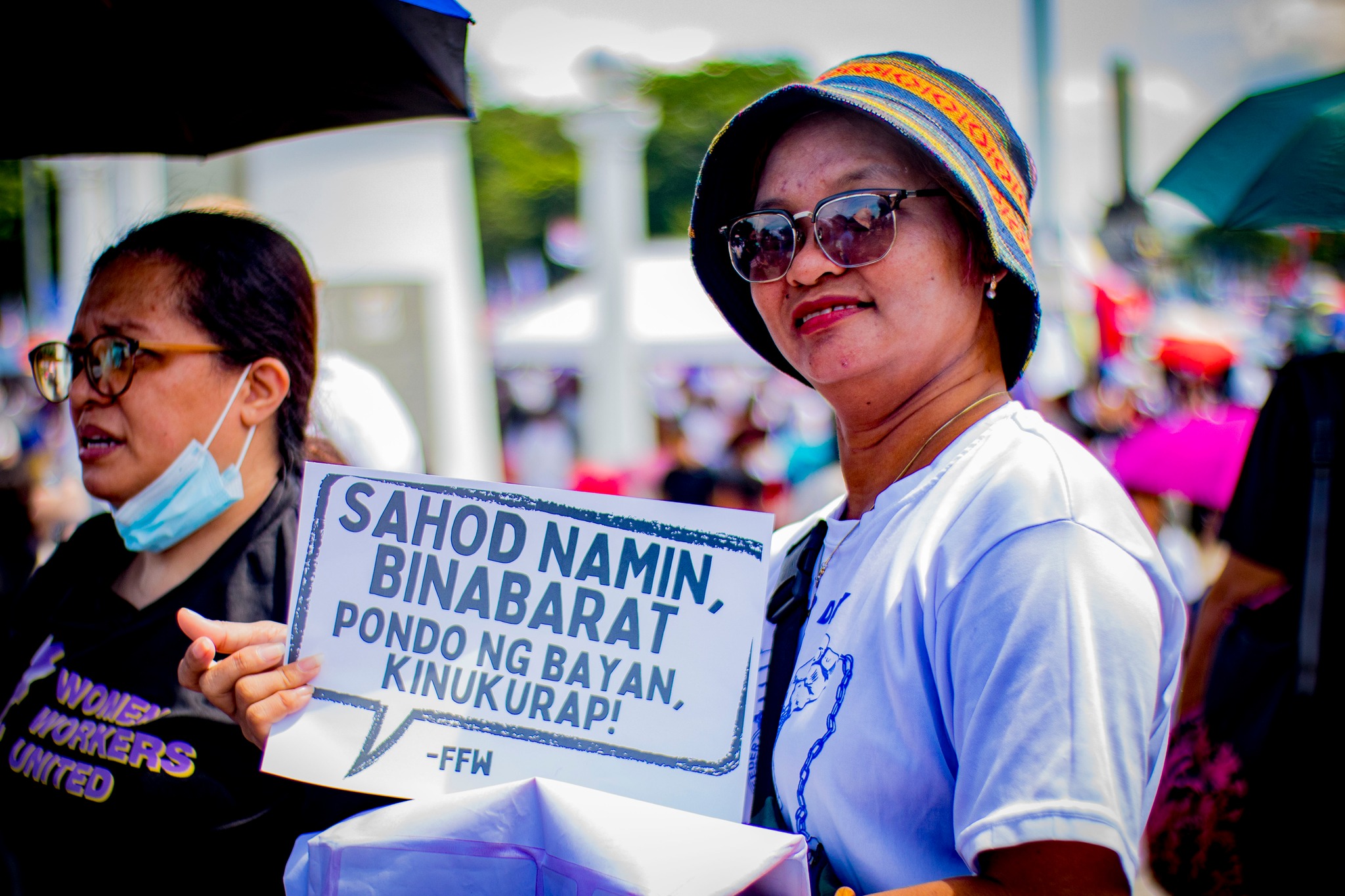





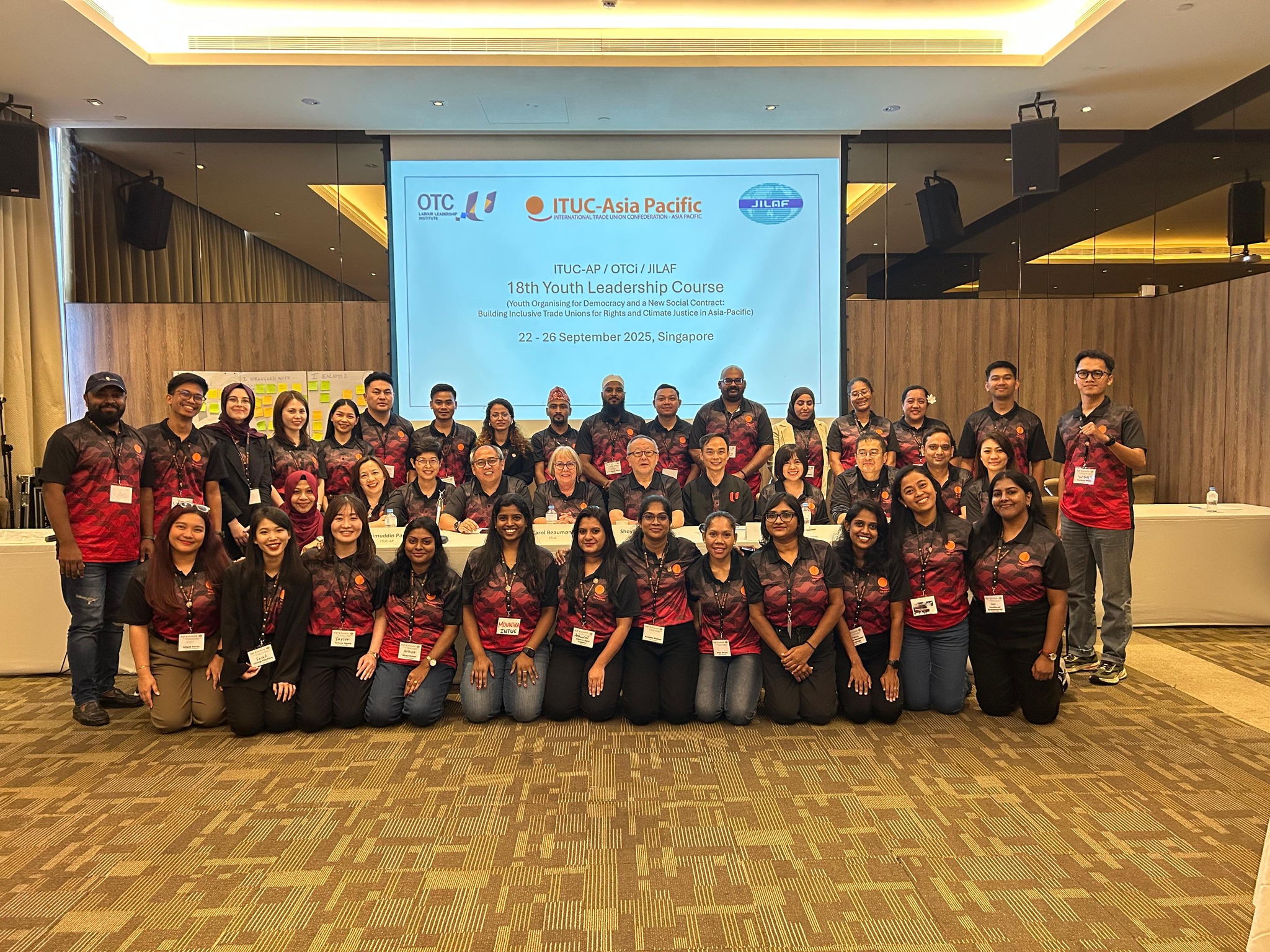





.png)


.png)








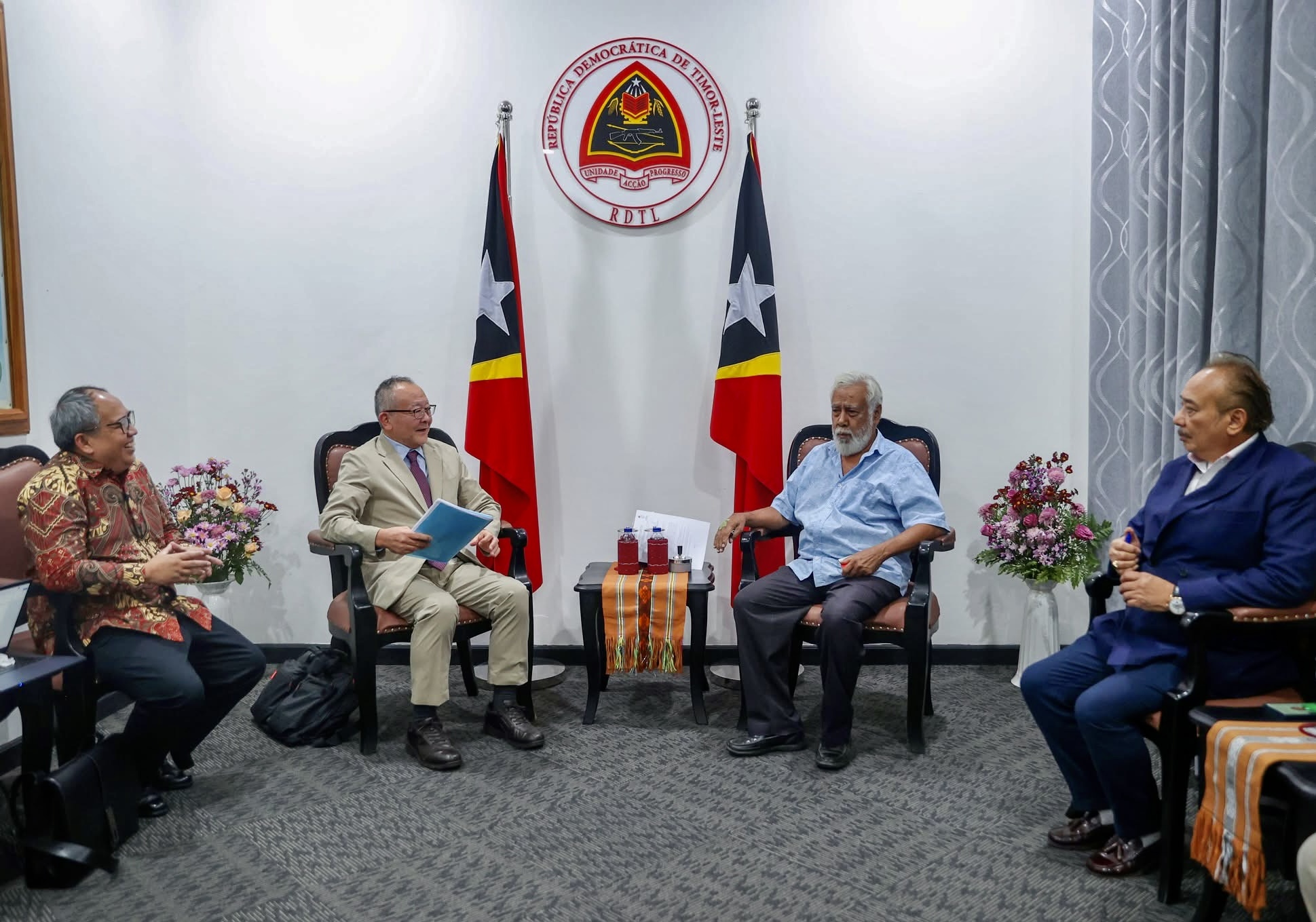





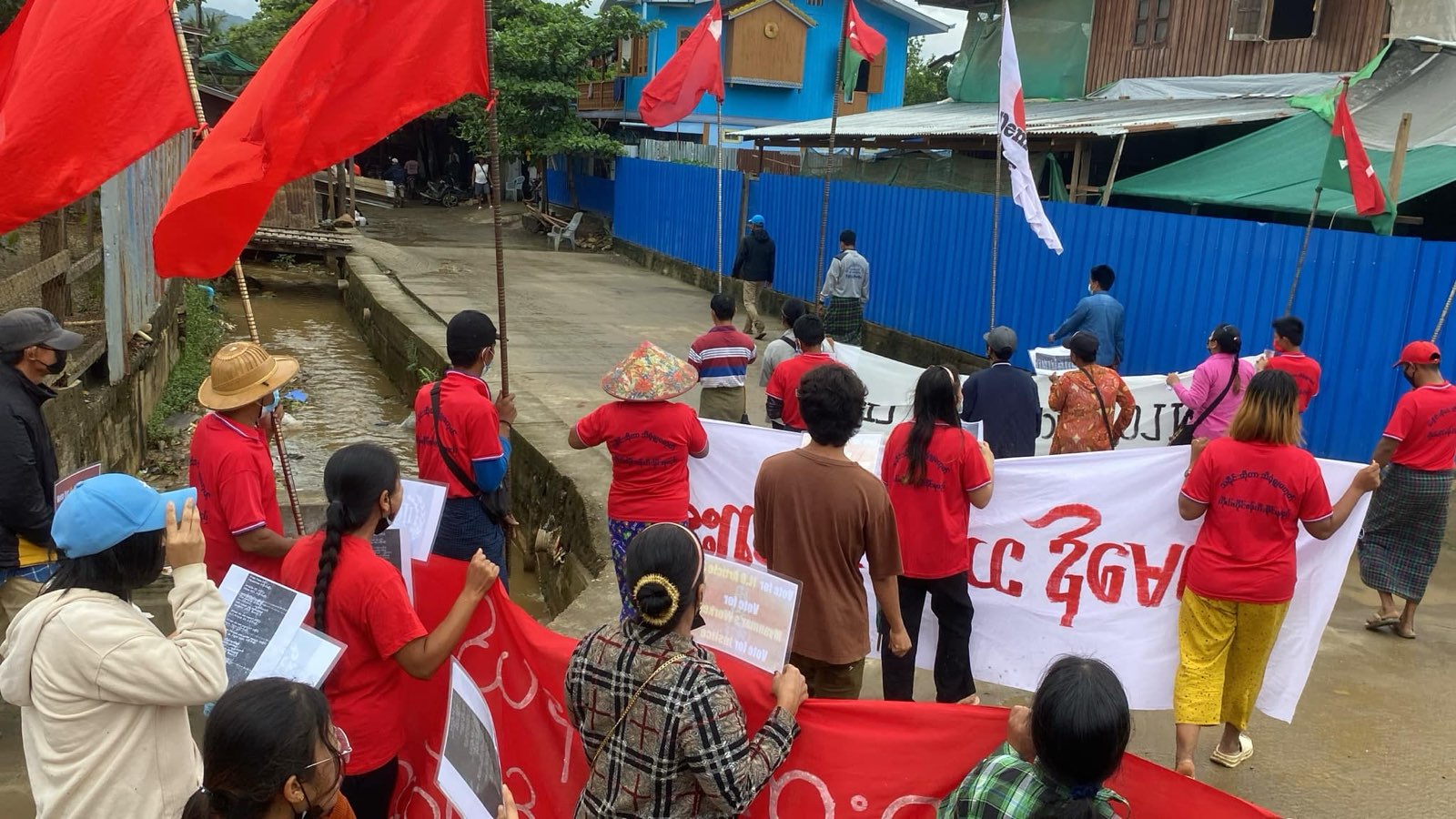











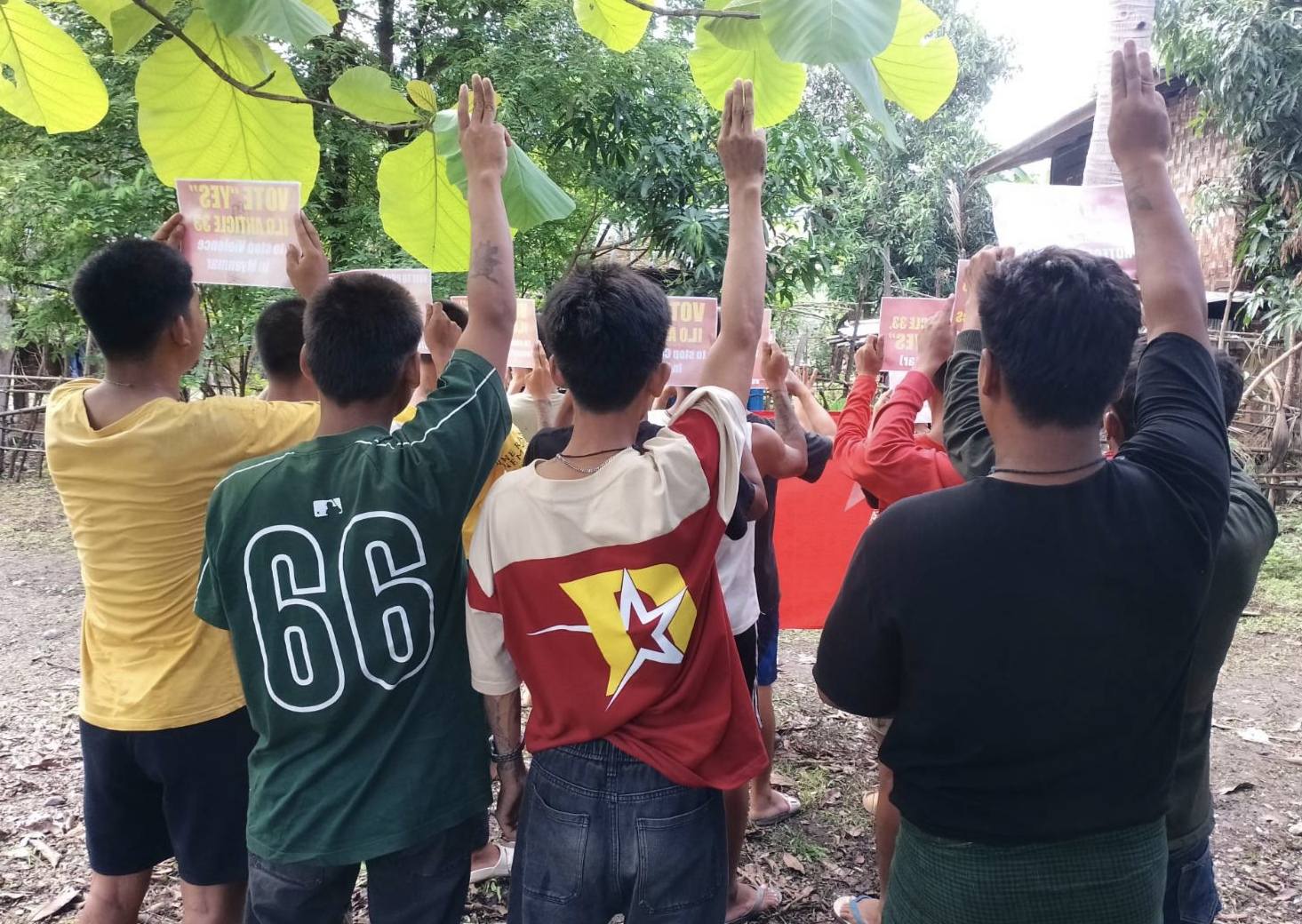





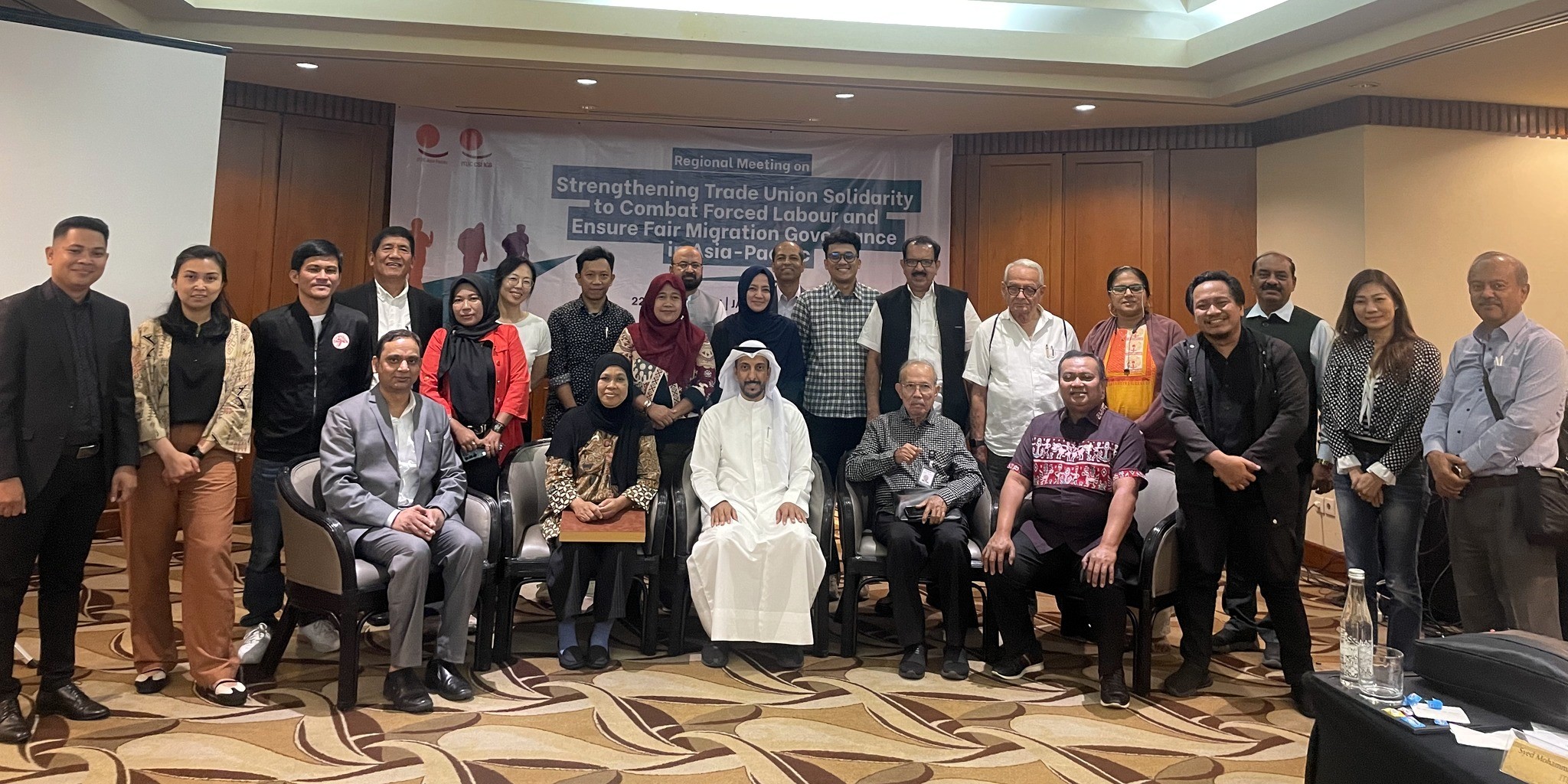

















.png)


.png)














.png)


.png)
















































































































%20(1).png)


%20(1).png)
























.jpg)


.jpg)














































































.png)


.png)
























.png)


.png)














































































































.jpg)


.jpg)


























.png)


.png)


.png)


.png)

























